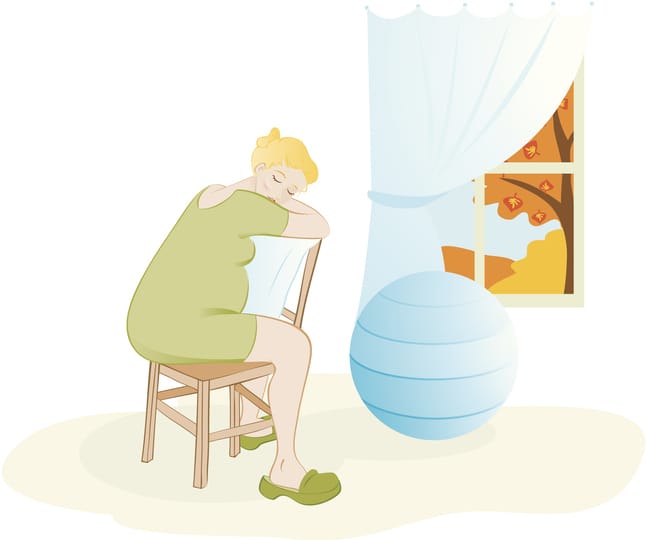The number of women in Australia choosing to give birth at home is increasing every year. While proportionately small, it’s growing consistently. Yet, until this year there had been no unified state-wide guidelines on best practice in what has often been seen as a controversial choice.
Last year, a study led by Hudson Institute of Medical Research epidemiologist Dr Miranda Davies-Tuck found that babies born to healthy, low-risk women in home births with a midwife had the same perinatal (before and after birth) mortality risk as babies born in a hospital.
Women employing home births, regardless of risk, also experienced lower rates of maternal morbidity and interventions.
The study involved the Hudson Institute, Monash University and the state government’s Department of Health and Human Services. It was published in the journal BMC Pregnancy and Childbirth last September after an analysis of reported data on all babies born in Victoria at or after 37 weeks’ pregnancy between the years 2000 and 2015.
“Home births have been seen as very controversial. There was a fear that babies born at home are more likely to die – there was a fear of what might happen if something went wrong and you’re not in hospital.”
“We haven’t had any good data for Victoria until this study,” Dr Davies–Tuck says. “We didn’t know for sure what was going on, in terms of outcomes for the mothers and their babies. Home births have been seen as very controversial. There was a fear that babies born at home are more likely to die – there was a fear of what might happen if something went wrong and you’re not in hospital.”
Previously, the best available data on the difference in outcomes between hospital and home births was from countries where it’s more popular – the UK, Netherlands and New Zealand.

New Zealand’s home birth rate is at 3.3 per cent of all births, while in the Netherlands it’s about 20 per cent. Australia’s figure is 0.3 per cent, while Victoria’s is 0.5 per cent, the highest in the country.
Dr Davies-Tuck is now working with Safer Care Victoria (SCV), Victoria’s healthcare quality and safety improvement agency, leading the development of an evidence-based clinical guideline for safe home birth practices in Victoria. This document is due at the end of 2019.
“It will be a document that will be accessible to women, but will also provide guidance for home birth, whether provided by private-practice midwives or public home birth programs.”
Currently, only two public hospitals – Sunshine, under Western Health, and Casey, under Monash Health – have home birth programs where hospital midwives go to homes. Home births are overwhelmingly provided by private midwives.
“Most of the state doesn’t have access to the public model of care,” Dr Davies-Tuck says, “despite a lot of appetite from women.”
The perception of home births being unsafe was perpetuated by the fact that most are done privately or outside the hospital system, she says.
Also, antenatal and postnatal situations can be covered by insurance products, but there are no insurance options for the actual birth with a private midwife, so part of the ongoing discussions include this legal and insurance-related grey area. Public midwives working on home births are covered.
Risk factors
The study was carried out in response to a 2013 recommendation from a state coroner to provide more detailed information about home births in Victoria, following the investigation of a case in which a baby died following a home birth. The coroner concluded the woman giving birth was identified as high-risk and should not have planned a home birth.
The most common risk factor at a home birth that makes a woman “high risk” is a previous caesarean section. They’re considered at higher risk in either a home or hospital birth. Dr Davies-Tuck says this is a conundrum, because women who have had “traumatic” unplanned caesarean sections in hospital might want to opt for a home birth for their next child.
Other risk factors that are common are women with overdue babies, and those with medical issues such as hypertension and diabetes. The study found babies born to high-risk women who planned a home birth were more likely than those born to high-risk women in hospital.
This article was published by Lens at Monash University.












